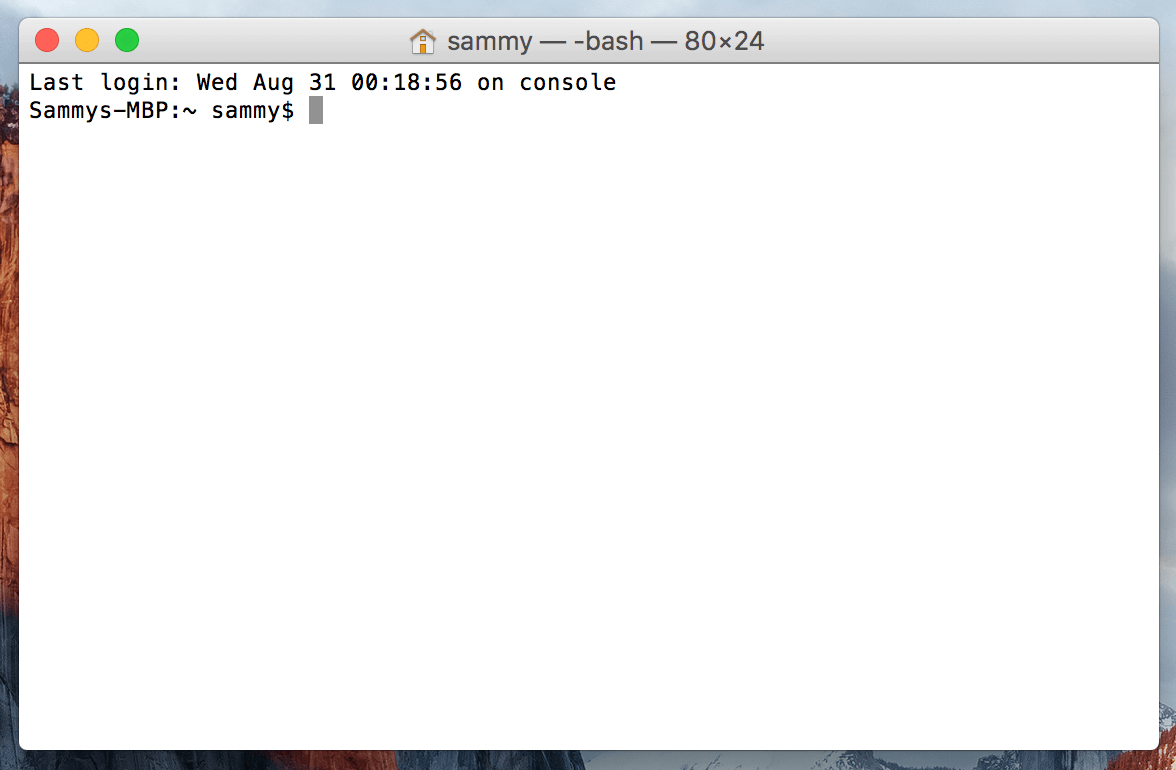Setting Up A Database
- Install Brew In Mac Catalina Download
- How To Install Brew On Macos Catalina
- Install Brew In Mac Catalina Update
Homebrew (brew) is a free and open-source package manager that allows installing apps and software in macOS, depending on the user’s desire. It has been recommended for its simplicity and effectiveness in saving time and effort. Its famous description is “The missing package manager for macOS”. Homebrew is a package managing tool. It’s more popular on Linux but is also used extensively on macOS. In fact, for apps that install as packages, Homebrew is the easiest way to remove them. Here’s how you can install Homebrew on macOS Catalina. In order to install Homebrew on macOS Catalina, you must have Xcode installed. Homebrew is an open-source package manager for macOS that offers an easy way to install software and tolls through the command line. If you are a coder, developer, Terminal lover, or more tech-savvy than an average Mac user, you can use Homebrew to simplify software installation on your Mac. How to install GCC 9.2 on macOS Catalina.If you need to install the Command Line Tools or Homebrew check my previous video tutorial:https://youtu.be/hOx4jwjl0Y.
I'm trying to install Wine on my Mac via Brew. I'm using Catalina and just updated brew, installed XQuartz and have Xcode installed. When I type the command 'Brew install wine' it returns the following: Error: No available formula with the name 'wine' Searching for a previously deleted formula (in the last month).
We're going to install sqlite3 from homebrew because we can't use the built-in version with macOS Sierra without running into some troubles.
Rails ships with sqlite3 as the default database. Chances are you won't want to use it because it's stored as a simple file on disk. You'll probably want something more robust like MySQL or PostgreSQL.
There is a lot of documentation on both, so you can just pick one that seems like you'll be more comfortable with.
Install Brew In Mac Catalina Download
If you're new to Ruby on Rails or databases in general, I strongly recommend setting up PostgreSQL.
If you're coming from PHP, you may already be familiar with MySQL.
MySQL
You can install MySQL server and client from Homebrew:
Once this command is finished, it gives you a couple commands to run. Follow the instructions and run them:
By default the mysql user is root with no password.
When you're finished, you can skip to the Final Steps.
PostgreSQL
You can install PostgreSQL server and client from Homebrew:
Once this command is finished, it gives you a couple commands to run. Follow the instructions and run them:
By default the postgresql user is your current OS X username with no password. For example, my OS X user is named chris so I can login to postgresql with that username.
This article shows how to install Maven (3.6.3) on macOS Big Sur (version 11.1).
Topics
Related Articles
How To Install Brew On Macos Catalina
1. Homebrew install Maven on macOS
1.1 Install Homebrew, a package manager on macOS.
1.2 The command brew install maven will install the latest Maven.
1.3 Done. The Maven is installed on macOS.
P.S At the time of writing, the latest Maven version is 3.6.3
1.4 Where does Homebrew installed the Maven?
The brew will install the Maven packages at /usr/local/Cellar/maven/${version}
The brew also creates shortcut or symbolic links at /usr/local/opt/maven/
1.5 Where does Homebrew put the Maven configuration file, settings.xml?
The settings.xml is available at /usr/local/opt/maven/libexec/conf
1.6 Where does Homebrew put the core mvn executable file?
The mvn is at /usr/local/bin/
1.7 brew info maven to show the detail of the Maven package.
1.8 brew list maven
1.9 Useful commands:
brew upgrade mavento upgrade Maven.brew uninstall mavento uninstall Maven.
2. Install Maven Manually
If Homebrew failed you or you don’t want the black-box magic, try to install the Maven manually.


2.1 Download the Maven, for example apache-maven-3.6.3-bin.tar.gz
2.2 The below command extracts the downloaded .tar.gz file to the current user’s home directory ~
2.3 Now, the Maven folder is at this path /Users/mkyong/apache-maven-3.6.3
2.4 On macOS 10.5 Catalina or later, the default shell is zsh, and we can create the environment variables MAVEN_HOME and update the PATH in ~/.zshenv.
Open the ~/.zshenv and append the following content.
Note
For macOS 10.14 Mojave and before, the default Terminal shell is bash, and we can create the environment variables in ~/.bash_profile.
Open the ~/.bash_profile and append the following content.
P.S Read this Zsh Startup Files.
2.5 Source the ~/.zshenv to reflect the changes.
2.6 Verification.
Done.